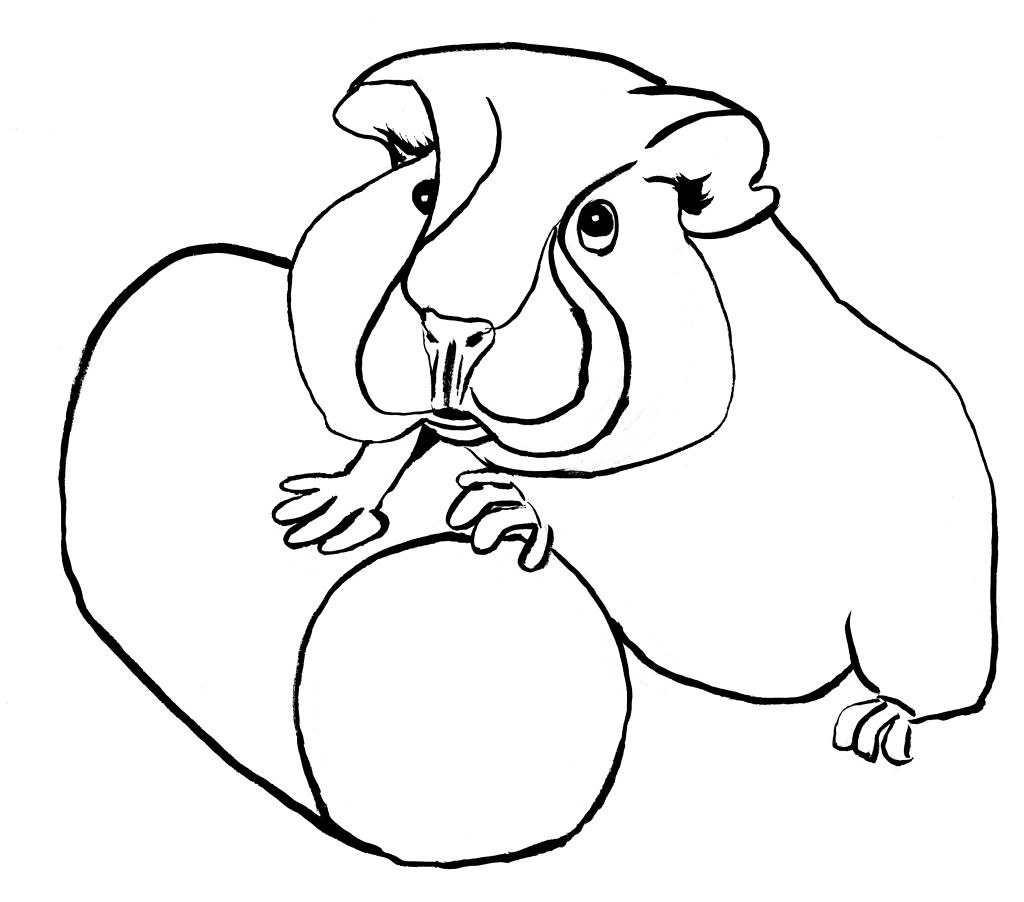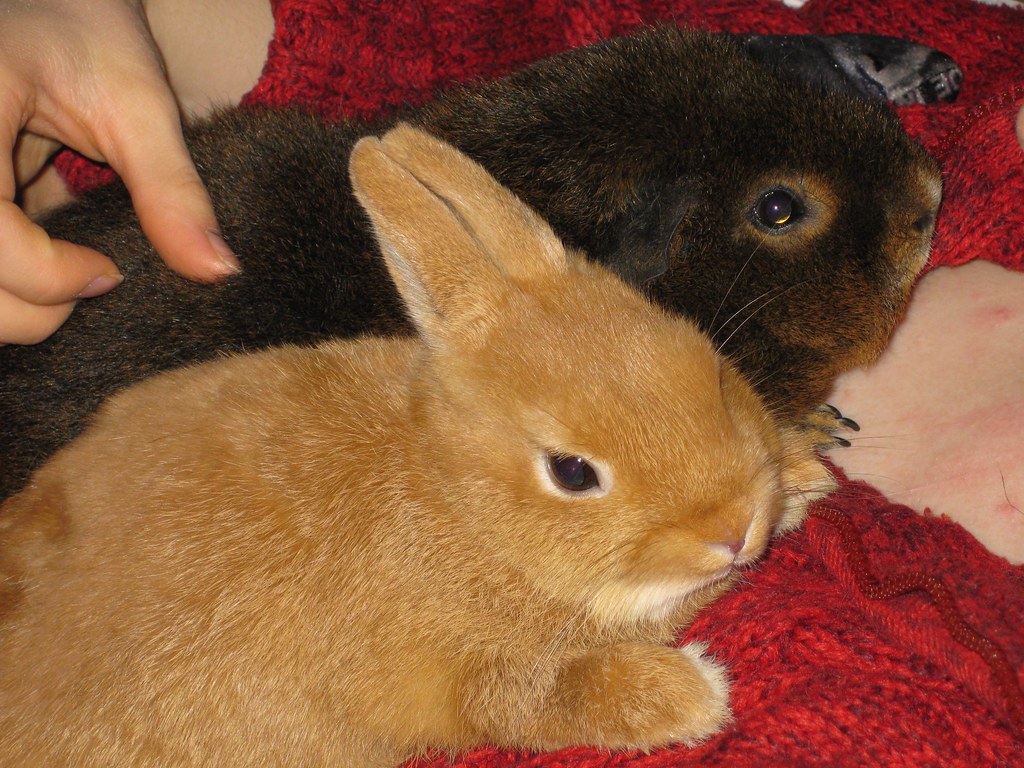In the vast kingdom of animal diversity, guinea pigs stand out as adorable and fascinating creatures that have captured the hearts of pet enthusiasts worldwide. “Do Guinea Pigs Have Tails?” Let’s embark on a journey to uncover the unique anatomy of these furry companions and explore the intricacies of their tails, or perhaps the lack thereof.
The Enigma of Guinea Pig Tails

Guinea pigs, scientifically known as Cavia porcellus, boast a distinctive appearance with their plump bodies and endearing faces. As we explore the question of tails, it’s essential to understand the perplexity surrounding guinea pig anatomy. Contrary to some furry friends in the animal kingdom, guinea pigs are not bestowed with prominent tails. In fact, their tails are remarkably short and inconspicuous.
The Tailless Wonders
Guinea pigs, often referred to as cavy or cavies, showcase a captivating absence of a noticeable tail. Unlike other rodents that flaunt long, bushy tails, these little wonders keep their tails tucked away, adding to their unique charm. As we navigate through the enigma of their taillessness, it becomes evident that guinea pigs have adapted to their environment in peculiar ways.
Evolutionary Wonders: Why Do Guinea Pigs Lack Prominent Tails?
Evolution plays a pivotal role in shaping the features of various species, and guinea pigs are no exception. The absence of a distinct tail in guinea pigs is a result of their evolutionary journey. These furry companions have evolved to thrive in specific habitats, and their reduced tail size is an adaptation that aids in their agility and navigation through their surroundings.
Adaptive Advantage
Guinea pigs are native to the Andes region of South America, where dense vegetation and intricate landscapes pose challenges for navigation. Their diminutive tails provide them with a strategic advantage, allowing them to maneuver swiftly through tight spaces and navigate their surroundings effectively. This adaptive advantage has become a defining characteristic of these delightful rodents.
Demystifying Guinea Pig Tail Anatomy
While guinea pigs may not boast tails in the conventional sense, a closer look at their anatomy reveals subtle features that contribute to their overall charm. Understanding the intricacies of guinea pig tail anatomy sheds light on the fascinating adaptations that make them such endearing pets.
Short But Sweet
Guinea pig tails are short, ranging from about one to two centimeters in length. Despite their petite size, these tails serve a purpose in communication and expression. Guinea pigs use their tails, however short, to convey messages to their fellow cavies, enhancing their social dynamics.
Wagging Tales: Tail Communication
Although not as elaborate as the tails of some other animals, guinea pig tails are surprisingly expressive. These furry companions communicate through subtle tail movements, conveying emotions such as excitement, contentment, or even a touch of annoyance. Understanding the language of guinea pig tails adds a delightful layer to the bond between these pets and their human companions.
Guinea Pig Tails: A Point of Distinction
In the realm of domesticated pets, guinea pigs distinguish themselves not only through their lovable personalities but also through their unique physical traits. The absence of a prominent tail, coupled with their endearing expressions and social behaviors, makes guinea pigs a point of distinction among small animal enthusiasts.
Tails and Tales: Exploring Guinea Pig Lore
As we unravel the mysteries of guinea pig tails, it’s worth exploring the tales and lore surrounding these delightful creatures. From ancient civilizations that revered guinea pigs as symbols of abundance to modern pet owners who cherish them as beloved companions, the stories woven around guinea pigs add a touch of cultural richness to their existence.
Conclusion: Tail-End of the Tale
In conclusion, the question “Do Guinea Pigs Have Tails?” leads us on a journey of discovery into the charming world of these unique rodents. While their tails may not be prominent, the absence of such is a testament to their evolutionary adaptations and the captivating ways in which they communicate. Guinea pigs, with their short but expressive tails, continue to capture the hearts of pet lovers around the globe.
FAQs About Guinea Pig Tails
Q1: Are guinea pigs born without tails?
A1: Yes, guinea pigs are born without prominent tails. Their tails are short from birth, contributing to their distinctive appearance and adaptive advantages.
Q2: Do guinea pig tails grow longer with age?
A2: No, guinea pig tails do not grow significantly longer with age. They maintain a short length throughout their lives, serving as a crucial element in their communication.
Q3: Can guinea pigs feel emotions through their tails?
A3: Absolutely! Guinea pigs use their tails to express a range of emotions, from excitement to contentment. Observing their tail movements is a delightful way to understand their feelings.
Q4: Do all guinea pig breeds have the same tail characteristics?
A4: Yes, regardless of the breed, guinea pigs share similar tail characteristics. Their tails are short and play a vital role in communication and social interactions.
Q5: Are there any health concerns related to guinea pig tails?
A5: Generally, guinea pig tails do not pose health concerns. However, it’s essential to monitor for any signs of injury or discomfort, as with any part of their anatomy.

